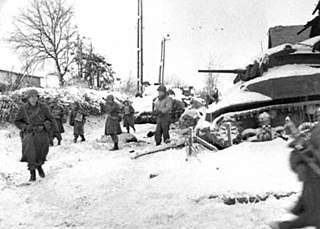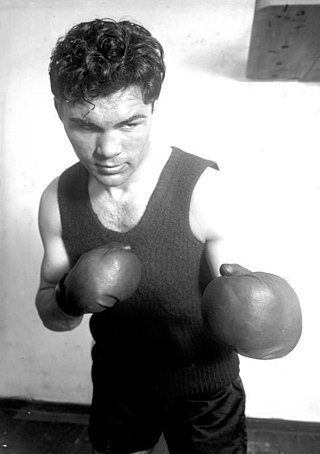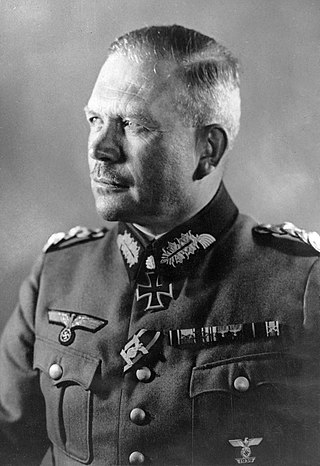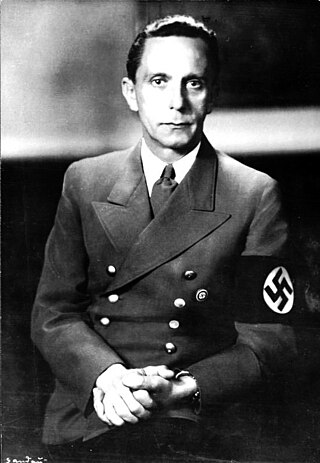Early life and education
Jordan was born in Sanremo, Italy, to German parents of Württembergian origin, Jordan's family lineage included both French and Austrian ancestry. His father, a chemist, secured his first employment in Florence after completing his studies. The family subsequently settled in Italy, purchasing a pharmacy in Sanremo with the assistance of Jordan's mother Thekla's dowry. [13]
Jordan's father later worked with Eastman Kodak, establishing branches for the company in various Italian and Swiss cities. This led to frequent travel within Italy for the family, with occasional visits to relatives in Stuttgart, Germany. As a result of attending schools in multiple countries, Jordan became fluent in French, German, and Italian. [14]
In 1912, the Jordan family returned to Germany, settling in Stuttgart. Jordan attended high school in Stuttgart and subsequently pursued undergraduate studies in philosophy at the University of Frankfurt. [15] He received PhD in Religious Philosophy from the University of Jena. [5]
The Resistible Rise of Arturo Ui, subtitled "A parable play", is a 1941 play by the German playwright Bertolt Brecht. It chronicles the rise of Arturo Ui, a fictional 1930s Chicago mobster, and his attempts to control the cauliflower racket by ruthlessly disposing of the opposition. The play is a satirical allegory of the rise of Adolf Hitler and the Nazi Party in Germany prior to World War II.

The Beer Hall Putsch, also known as the Munich Putsch, was a failed coup d'état by Nazi Party leader Adolf Hitler, Generalquartiermeister Erich Ludendorff and other Kampfbund leaders in Munich, Bavaria, on 8–9 November 1923, during the Weimar Republic. Approximately two thousand Nazis marched on the Feldherrnhalle, in the city centre, but were confronted by a police cordon, which resulted in the deaths of 15 Nazis, four police officers, and one bystander.

The Battle of the Bulge, also known as the Ardennes Offensive, was the last major German offensive campaign on the Western Front during the Second World War which took place from 16 December 1944 to 25 January 1945. It was launched through the densely forested Ardennes region between Belgium and Luxembourg. The offensive was intended to stop Allied use of the Belgian port of Antwerp and to split the Allied lines, allowing the Germans to encircle and destroy each of the four Allied armies and force the western Allies to negotiate a peace treaty in the Axis powers' favor.

Maximilian Adolph Otto Siegfried Schmeling was a German boxer who was heavyweight champion of the world between 1930 and 1932. His two fights with Joe Louis in 1936 and 1938 were worldwide cultural events because of their national associations. Schmeling is the only boxer to win the world heavyweight championship on a foul.

Heinz Wilhelm Guderian was a German general during World War II who, after the war, became a successful memoirist. An early pioneer and advocate of the "blitzkrieg" approach, he played a central role in the development of the panzer division concept. In 1936, he became the Inspector of Motorized Troops.

The Ullstein Verlag was founded by Leopold Ullstein in 1877 at Berlin and is one of the largest publishing companies of Germany. It published newspapers like B.Z. and Berliner Morgenpost and books through its subsidiaries Ullstein Buchverlage and Propyläen.

The Berliner Tageblatt or BT was a German language newspaper published in Berlin from 1872 to 1939. Along with the Frankfurter Zeitung, it became one of the most important liberal German newspapers of its time.

Franz Jägerstätter, was an Austrian farmer and conscientious objector during World War II. Jägerstätter was sentenced to death and executed for his refusal to fight for Nazi Germany. He is venerated as a martyr and has been beatified by the Catholic Church.

Werner Goldberg was a German of half Jewish ancestry, or Mischling in Nazi terminology, who served briefly as a soldier during World War II. His image appeared in the Berliner Tageblatt as "The Ideal German Soldier".
Gordon Zahn was an American sociologist, pacifist, professor, and author.
Hans Lachmann-Mosse, till 1911Hans Lachmann, was a German publisher, director during the Weimar years of the Rudolf Mosse media empire whose titles included the Berliner Morgen-Zeitung and the Berliner Tageblatt.

The Reich Ministry for Public Enlightenment and Propaganda, also known simply as the Ministry of Propaganda, controlled the content of the press, literature, visual arts, film, theater, music and radio in Nazi Germany.

Max Josef Metzger was a Catholic priest and leading German pacifist. Due to his activities for peace between nations, Metzger was a thorn in the side of the National Socialists. After being arrested several times, Max Josef Metzger was executed in Brandenburg-Görden Prison in 1944. He was beatified by the Catholic Church in 2024.

This is a list of books about Nazi Germany, the state that existed in Germany during the period from 1933 to 1945, when its government was controlled by Adolf Hitler and his National Socialist German Workers' Party. It also includes some important works on the development of Nazi imperial ideology, totalitarianism, German society during the era, the formation of anti-Semitic racial policies, the post-war ramifications of Nazism, along with various conceptual interpretations of the Third Reich.

Wilhelm Zahn was a German Kriegsmarine officer during the Second World War. He was U-boat First Watch Officer, then became U-boat commander and was finally promoted to Korvettenkapitän on 1 April 1943. As commander of U-56 he was able to avoid detection by the destroyers surrounding HMS Nelson and came in close proximity to the British flagship, launching three torpedoes against her whilst she was carrying Winston Churchill and the high military command of the British Navy. Following that incident he became widely known as the "Man who almost killed Churchill" amongst the U-boat submariner corps. He was one of the commanding officers during the sinking of MV Wilhelm Gustloff which has been described as "Adolf Hitler'sTitanic".
Fritz Max Cahén was active in the Weimar Republic government and later founded the anti-Nazi political alliance Volkssozialistische Bewegung. He worked as a journalist and also authored the books Der Weg nach Versailles (1963) and Men Against Hitler (1939).
This is a bibliographyof works on World War II. The bibliography aims to include primary, secondary and tertiary sources regarding the European theatre of World War II (1939–1945) and the Pacific War (1941–1945). By extension, it includes works regarding the Second Sino-Japanese War (1937–1945). Additionally, the scope of the bibliography expands to the causes of World War II and the immediate aftermath of World War II, such as evacuation and expulsion and war crimes trials. Works on the causes or the aftermath of World War II should only be included if they describe the respective events in the specific context of and relation to the conflict itself.

Die Dame was the first illustrated magazine in Germany to cater to the interests of modern women. It was also considered the "best journal of its kind in the world market" after the First World War. The lifestyle magazine began in 1911 and ended in 1943. Die Dame consisted of essays, illustrations, and photography. The magazine was most active during the shift from the early 1920s, when the magazine celebrated the independent The New Woman, to the mid 1920s when women were portrayed as cold and masculine uniformity.

Christ and the Samaritan Woman is an outdoor sculpture by Croatian sculptor Ivan Meštrović. Created in 1957, the sculpture resides in front of O’Shaughnessy Hall on the campus of the University of Notre Dame as part of the Shaheen-Mestrovic Memorial, which was completed in 1985 by the Department of Landscape Architecture and Planning in the South Bend office of Cole Associates. The marble and bronze sculpture depicts the events in John 4, in which Jesus converses and evangelizes to a woman from Samaria, with whom the Jews would not normally associate. Eli J. Shaheen, a Notre Dame alum, was the donor for the project, which is owned by the university. The “Woman at the Well,” as it is often referred, is flanked by sculptures of the gospel writers Luke the Evangelist and John the Evangelist. It has been regarded as the most notable and celebrated of Meštrović's works from his period at Notre Dame.
Fritz Neugass was a German art critic and photographer.
















